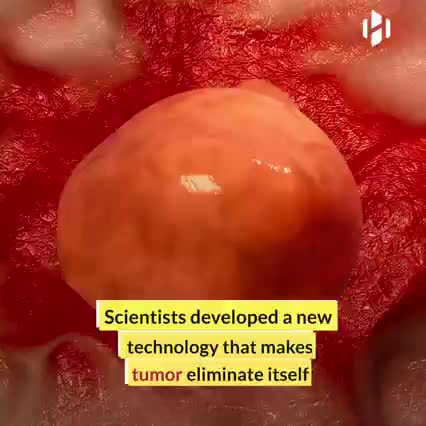Click on photo to start video.
This device removes blood clots.









It might not look like much, but this little worm could hold the key to biological regeneration!
Researchers have made an extraordinary discovery using a creature in common to the Gulf of Eilat. The creature is called Polycarpa mytiligera and is a species of ascidian, which is a marine animal commonly found in the waters of the Gulf that is capable of regenerating its organs. Surprisingly, the researchers discovered the animal can regenerate all of its organs even when dissected into three fragments.
Scientists say that is an astounding discovery because it’s an animal belonging to the Phylum Chordata, which are animals with a dorsal cord, which also includes humans. The ability to regenerate organs itself is not uncommon in the animal kingdom. One example is the gecko able to regrow its tail. However, it’s not common for creatures to be able to regrow entire body systems.
With the Polycarpa mytiligera, scientists have discovered a creature able to regenerate all organs even if separated into three pieces, each piece knowing exactly how to regain the function of all of its missing body systems within a short period. Project researcher Tal Gordon says that by all accounts, the ascidian is a simple organism with two openings in its body, and inside the body is a central organ resembling a pasta strainer.

Antibodies are small protein molecules which are used by the body in order to ‘tag’ foreign pathogens in order for the immune system to identify and destroy them. What is unique about these antibodies is that due to their structure they will only attach themselves to a particular pathogen (on a site known as an antigen). In many cases, the binding of an antibody to a pathogen such as a virus is enough to completely inactive the virus, making it effectively harmless.
Due to the existence of millions upon millions of different types of pathogens, there are quite literally trillions of possibilities for the structures of antibodies, which gives them a near infinite ability to bind with extreme prejudice to just about anything within the body, including our own proteins, such as enzymes and cell receptors.
This ability to bind to biological surfaces allows antibodies to effectively mimic the function of proteins within the body, with the added benefit of often being notably more stable that the protein that they are mimicking. However, there is the slight issue with human antibodies in that they are fairly large, which makes them physically incapable of mimicking many types of proteins. Fortunately, antibodies are not universally the same size within the animal kingdom, and animals such as Llamas have very small antibodies, which are commonly known as nanobodies (very small antibodies).